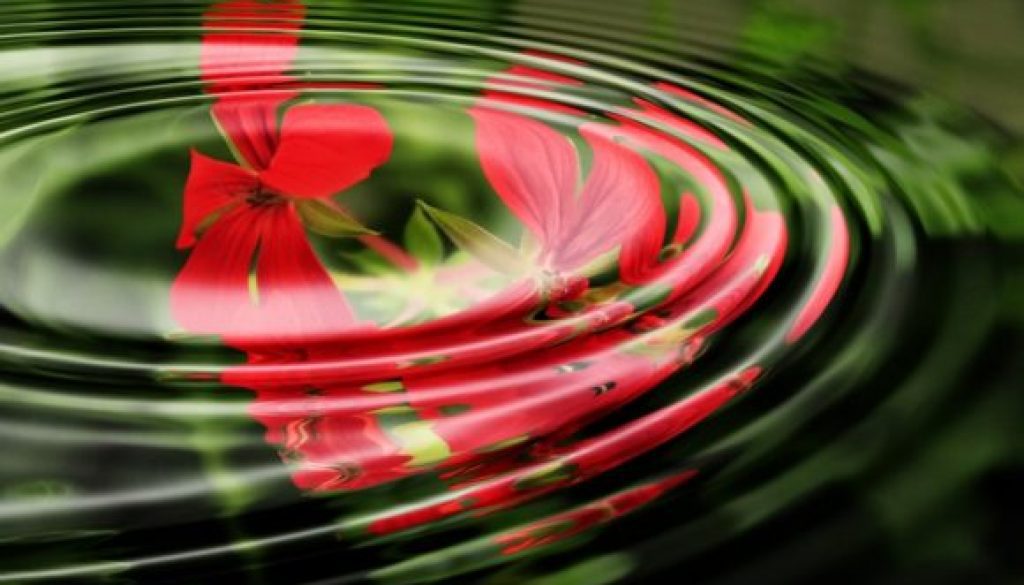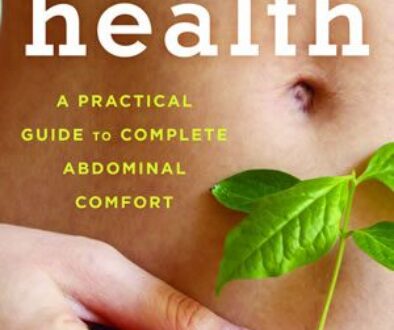Water Is Life!
ANY water…?
Unfortunately, no! Like foods that contain additives, water that contains additives—whether intentional or not—may negatively affect your digestive system. The cleanliness of the water you drink has a significant impact on how well your body functions and how you feel.
The following is a list of various water sources and the potential hazard or not associated with each one:
Well Water
- May contain any or all of these pollutants: pesticides, herbicides, heavy metals, pharmaceuticals, solvents, detergents, fluoride, chlorine, by-products of chlorine, radioactive particles, chlorides, arsenic, other chemicals, parasites, bacteria, viruses, organic materials, sediment, fertilizer residue, phosphates, and much more.
Tap Water
- May contain pesticides, herbicides, heavy metals, pharmaceuticals, solvents, detergents, fluoride, chlorine, by-products of chlorine, ammonia, chlorides, arsenic, other chemicals, viruses, organic materials, sediment, estrogen or hormones from birth control medications, and much more.
- Typically removes most parasites, amoeba, protozoa, and bacteria with the use of added chlorine.
Sediment-Filtered Water
- May contain pesticides, herbicides, heavy metals, pharmaceuticals, solvents, detergents, fluoride, chlorine, by-products of chlorine, ammonia, chlorides, arsenic, other chemicals, parasites, bacteria, viruses, organic materials, and much more.
- Removes sediment.
Carbon-Filtered Water*
- May contain heavy metals, pharmaceuticals, solvents, detergents, fluoride, chlorine, arsenic, other chemicals, parasites, bacteria, viruses, and much more.
- Typically removes pesticides, herbicides, chlorine, chlorides, organic materials, and some solvents.
- And typically partially removes chromium, detergents, sediment, sulfates, and sulfide.
* A solid carbon filter removes far more chemicals, heavy metals, parasitic cysts, and disinfectants than the typical powdered or granulated filters.
Reverse Osmosis-Filtered Water**
- Typically removes pesticides, herbicides, heavy metals, pharmaceuticals, solvents, detergents, chlorine, chlorides, other chemicals, parasites, organic materials, sediment, and much more.
- And may partially remove bacteria, arsenic, and organic materials.
** A well-made RO filtration system would address arsenic and nitrate/nitrites. Other not-so well-crafted RO systems have shown very limited performance on a wide variety of chemicals, by-products, and the nitrate/nitrite family.
Steam-Distilled Water
- If coupled with an effective carbon post-filter, removes pollutants and contaminants except fluoride. If the condensing tube is long enough, it may remove fluoride as well.
- But may leach trace minerals from your bones, blood, and other systems, which may create mineral deficiencies.[i]
Carbon-filtering, Reverse Osmosis, and Steam Distillation may remove trace minerals. To replenish, you may take natural trace minerals or sea salt or consult with your health care practitioner.
NSF International, a third-party watchdog organization (recommended by consumer advocacy groups and the U.S. government), independently tests and certifies whether a particular filtration or purification device can actually do what it says it can do. You may want to question the performance of any drinking water treatment device that is not accompanied by an NSF-specific listing of what contaminants it can reduce. For more information, see www.nsf.org.
Note: Currently, in the U.S., bottled water products do not have to test cleaner or “safer” than municipal tap water.
More health tips – YouTube http://bit.ly/1RYWcvN Mardell Hill
The following are tips to avoid exposing yourself to risky water sources while traveling or camping:
- Rinse all food, particularly fruits and vegetables, in boiled, bottled, or filtered water.
- Wash your hands with soap and water prior to touching your face, eyes, mouth, nose, or privates.
- Use filtered, bottled, or boiled water* to brush your teeth.
- When camping or hiking, boil water* prior to washing pans, utensils, or clothes.
- Avoid swimming in still, quiet, warm waters.
- Close your eyes and mouth or use a nose plug and goggles when swimming, jumping, water or jet skiing, wind surfing, or wake/paddle boarding in open water, streams, rivers, lakes, and the ocean.
- One of my favorite tips: Cover scrapes or shallow wounds with black electrical tape! Why black electrical tape? It is inexpensive, packs and tears off the roll easily, seals the skin, and, in most cases, doesn’t tear skin or hair off upon removal.
- If you have a large, open wound, avoid contact with all water sources until the wound has healed properly.
Simple, everyday tricks when drinking or exposing yourself to water may help you avoid potentially serious contamination from viruses, bacteria, or parasites. And… you’ll be glad you did!
For more information on intestinal health & water, go to: www.intestinalhealthbook.com PURCHASE in Ebook or hardbound and see pages 132-135 for more details on water.
*Boiling water is the most effective method of purification. Use a cooker, camping stove, or other nonflammable pot or container and place over a heating source. Bring the water to a rolling boil and maintain the boil for one full minute. If you are at an elevation of one mile (5,280 feet) or more, keep the water at a rolling boil for four full minutes. Boil up to ten minutes if water has sewage in it.
Adele Eliot. “How Long to Boil Water for Purification?” http://traveltips.usatoday.com/long-boil-water-purification-62933.html; See also Washington State Department of Health. “Purifying Household Water.”



